All the matplotlib examples with hist() generate a data set, provide the data set to the hist function with some bins (possibly non-uniformly spaced) and the function automatically calculates and then plots the histogram.
I already have histogram data and I simply want to plot it, how can I do that?! For example, I have the bins (half open ranges are denoted by the square and curved bracket notation),
[0, 1) 0
[1, 2) 3
[2, 3) 8
[3, 4) 6
[4, 5) 2
[5, 6) 3
[6, 7) 1
[7, 8) 0
